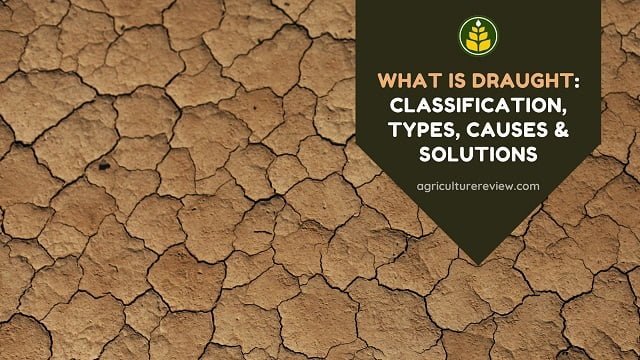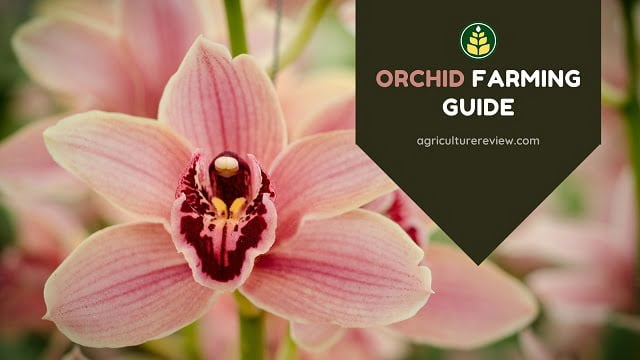Poultry rearing has always been an integral component of livestock production system in India. Poultry production in India has taken a quantum jump within the last four decades, emerging from a completely unorganized and unscientific farming practice to a billboard production system with state-of-the-art technological interventions.
Indian commercial poultry sector has advanced remarkably thanks to a scientific approach adopted by the industry and an enabling environment created by the government.
About 74% of the entire world poultry meat and 68% of poultry eggs are produced from intensive poultry farming and free-range farming methods.
Table of Contents
Intensive Poultry Farming
- Intensive poultry farming efficiently saves space, feed, labour and other resources and increases production.
- This system will be fully under the control of the farmer thus ensuring production throughout the year.
- It has a drawback that chances of health risk for the poultry birds is high and regular inspection is needed for healthy birds and quality eggs from them.
You will love reading these too
READ MORE: POULTRY DEFINITION AND INDUSTRY IN INDIA
READ MORE: IS TOMATO A FRUIT? AGRICULTURE REVIEW ANSWERED
READ MORE: KNOW ABOUT ORGANIC FERTILIZER JEEVAMRUT!
Free Range Poultry Farming
- Free range poultry farming requires more open space, better management and production sometimes get affected by climatic conditions.
- Farmer have to take more care of the flock on unfavourable climatic conditions.
- Requires regular inspection to keep the poultry birds free from any diseases and to produce quality eggs and meat.
Layer Poultry Farming Methods
Majorly egg-laying poultry birds are reared under layer poultry farming method. Commercial hens begin to lay eggs from the age of 12-20 weeks. And they start laying eggs regularly for 25 weeks.
The farmer can make a good yield from them at this stage. After 70-72 weeks of age, the egg production stops and the layer poultry production get reduced. Usually, commercial layer poultry farmers keep the hens for 12 months and later use them for meat purposes.
In layer poultry farming systems, the environmental conditions of the farm are often controlled automatically for ensuring maximum production. Light and temperature are the factors which induce the hens to lay eggs.
So by increasing the lighting period and maintaining an optimum temperature inside the farm production can be increased. By this commercial layer farming, chicken breeds can produce more than 300 eggs per year.
Common layer poultry farming is as follows:
A. Free Range Roaming Poultry Farming
At free range poultry farming, the farmer provides free range roaming facility for the poultry birds for a certain period of the day and they are kept inside the cage at night from predators and adverse weather conditions.
This makes them naturally more healthy and resistant to diseases by natural means.
For free-range poultry birds farming, an open space with adequate drainage facilities good ventilation, protection from prevailing winds, predators, excessive heat or cold or dampness.
Excessive cold, dampness and heat adversely affect the productivity of the free-range poultry birds. The main advantage of this method is it needs less feed as the chickens roam freely, they find more food naturally.
B. Organic Layer Poultry Farming
Organic layer poultry rearing system is also another form of free-range poultry farming. At organic method, a small number of certain poultry birds are reared by organic methods with low stock density. Organic systems have some restrictions in the routine and feeding system. In organic laying systems, the producer should keep the number of poultry birds by 1000 per hectare and maximum 2000 birds in each house.
C. Yarding Method
A method in which cows and hens are raised together is generally termed as the yarding method. Small farmers make a fence in his yard and keep all the poultry birds and cows in it, so they are free to move inside and roam around that space.
D. Battery Cage Method
It is a very common method popular and used in many countries. In this method, a small metal cage which can accommodate 3 to 8 hens is used.
Generally, the walls of the cage are made of mesh or solid metal and the floor is made sloped to drop the faeces down. When the hen lays eggs, the egg will be collected in egg collecting conveyor belt of the cage. Food is provided in front of the cage by a long bisected metal or semi-circle plastic pipe and water is served to the using overhead nipple system.
The cages are arranged in rows and one above another. Usually, there will be several floors kept under one roof which can contain thousands of hens. The light intensity is kept lower than 10 lux to reduce feather and vent pecking.
The main benefits of battery cage system are:
- Easy to care birds
- Easy to collect eggs
- Requires less feed for maximum egg productivity
- Thousands of hens can be accommodated in less space
- Bird suffer less by internal parasites
- Low labour cost
Apart from these benefits, the battery cage system has some drawbacks too. By accommodating a large number of birds, the amount of CO2 accumulation inside the house would be high.
The hens don’t get sufficient space to walk, flap their wings, stand or perch inside the small cage. By this, they may suffer from frustration and boredom and their behaviours may change which affect the production.
Battery cage system is banned in some countries as it is considered as animal cruelty and against animal welfare.
E. Furnished Cage Method
It can be said as the updated version of the battery cage system. In this system, hens get more space and facilities than the battery cage system. They will get sufficient space to walk, perch, flap their wings, nest, special feed and water pot etc.






Hi sir
lam starting a new poultry farming .
Pls tel marketing
Hi,
You can sell poultry products in the local market, for branding and marketing get a brand name and plan packaging.
I hope this will help!